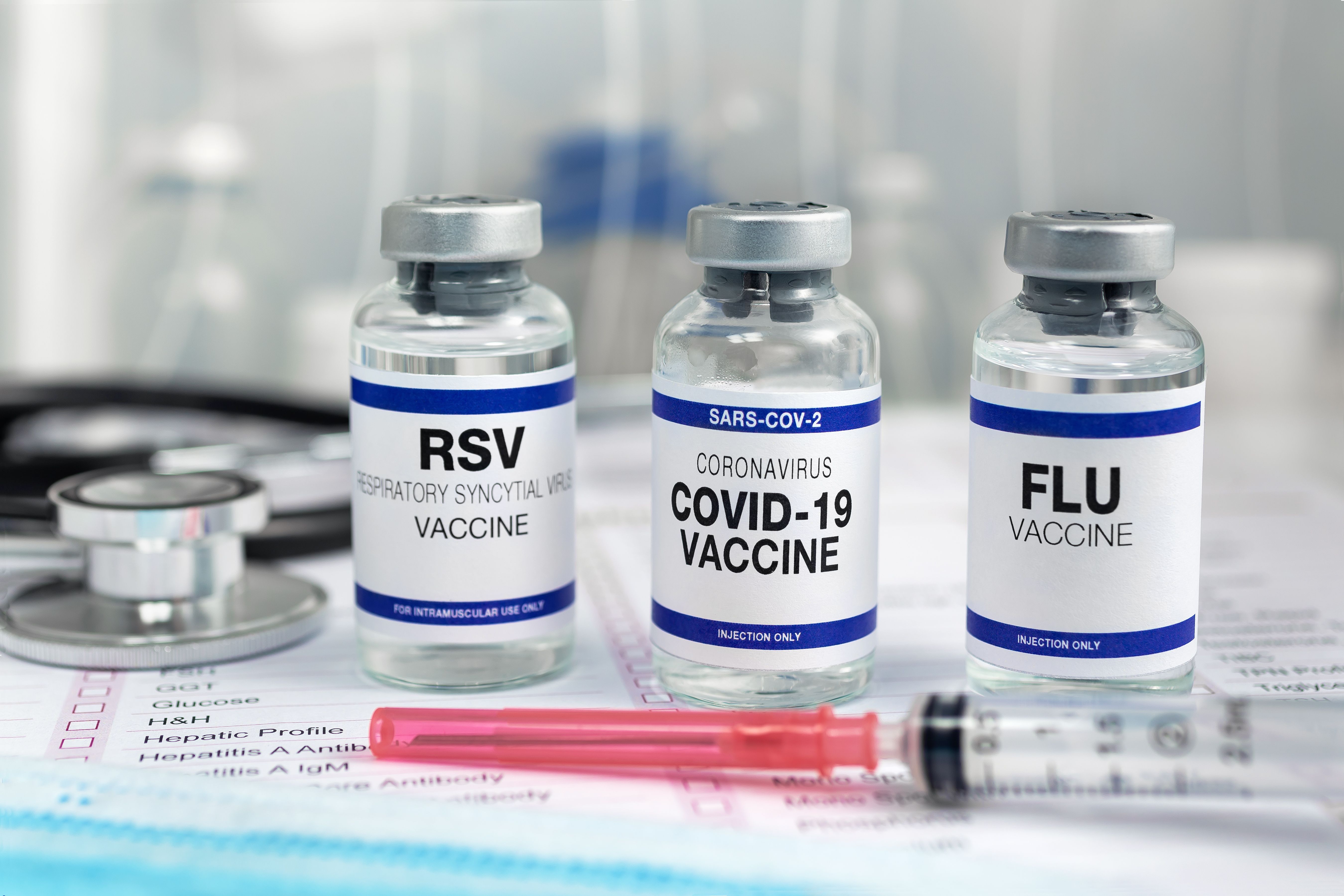Article
Pharmacists Can Set the Standard for Opioid Stewardship
Author(s):
The COVID-19 Pandemic has compounded the opioid crisis.
Pharmacists can play a big role in not only turning the tide of the opioid epidemic, but helping survivors on their road to recovery, according to a panel of experts hosted by hosted by the American Society of Health System Pharmacists (ASHP) during the 2020 ASHP Midyear Clinical Meeting and Exhibition.
The panel included Terri Jorgenson, RPh, BCPS of the Department of Veterans Affairs in Washington, DC; Amanda Hays, PharmD, MHA, BCPS, CPHQ of BJC HealthCare in St. Louis, Missouri; Samuel Stople, PharmD, MPH, of the National Quality Forum in Washington, DC; and Benjamin Michalove, PharmD, CPP, of the Charles George VA Medical Center in Asheville, North Carolina.
According to the experts, the opioid crisis has been compounded by the coronavirus disease 2019 (COVID-19) pandemic, which has decreased access to treatment and has increased social isolation. Those who are battling addiction are increasingly isolated, and there are fewer distractions from addiction. In 2018, opioids were responsible for 47,000 deaths. Medication for opioid use disorder (MOUD) is greatly underutilized despite being proven to reduce illicit opioid use, increase treatment retention, reduce cravings, and lower the risks of harm and death.
“As we know, well in advance of the COVID-19 pandemic, moving front and center to the consciousness of our health care system, we had another crisis that was very much top of mind,” Stople said. “And that has not gone away. That is the opioid epidemic. In fact, it’s only become more…problematic with COVID being present.”
Pharmacists, however, are positioned in the perfect place to help stem the opioid epidemic. Pharmacists can help create a collaborative pain management program and help to develop new opioid stewardship strategies. These practice changes can help keep patients safe, while also ensuring effective care for pain management.
“The health care community as a whole has made significant progress in regard to the safe and appropriate use of opioid therapy” Michalove said. “The optimal evidence-based approach, being in the context of a multimodal interdisciplinary treatment plan, which we know directly correlates with improved patient safety as well as pain related outcomes. Standard opioid safety practices typically include routine safety monitoring and mitigation through urine drug screening, review of prescription state databases, and education consent agreements, as well as naloxone distribution.”
One model practiced by the Veterans Affairs (VA) health care system places the focus on pharmacists developing practice integration tools that promote both efficacy and guideline-based clinical decision making. It also increases patient access to methods of managing OUD through their pharmacist. According to Michalove, opioid therapy follow-up notes are required every 3 months and is completed by an opioid prescriber. The notes evaluate the benefits of continuing opioid therapy. When a patient first starts opioids, they are given less than a 5-day supply, and an opioid renewal note is required by the patient at each renewal request. This has led the percentage of patients being dispensed opioids to fall from over 20% in 2015 to 10% in 2020, according to Michalove.
In the private sector, focus has been placed on emergency departments (ED). According to Hayes, BJC HealthCare hospitals have begun screening all patients upon arrival to the ED. A special emphasis is placed on harm reduction and a recovery couch has been deployed to the ED. During acute care, formulary limitations are placed on opioid use and discharge prescribing has been reduced.
“There are some benefits to you incorporating opioid stewardship concepts in your clinical pharmacy practice. It spreads, right? It helps others raise their awareness and other practitioners and team members jump on board with some of those practices, just by the nature of just doing it. I know that sometimes it takes longer for culture change to happen, I think we’ve all seen that with the opioid crisis and sort of embrace that. But I will also say that just doing it can go a long way,” said Jorgenson.
Opioid stewardship is a necessary practice for pharmacists, and they should seek the necessary training, according to the presentation. Additionally, pharmacists should consider what aspects of opioid stewardship can be integrated into their practice immediately.
REFERENCE
Jorgenson T, Michalove B, Hays A, Stolpe S. The Future of Safe Pain Care Starts Here: Eliminating Missed Opportunities and Connecting Care with Pharmacist Providers. Presented at: 2020 ASHP Midyear Clinical Meeting and Exhibition; virtual: December 8, 2020.






